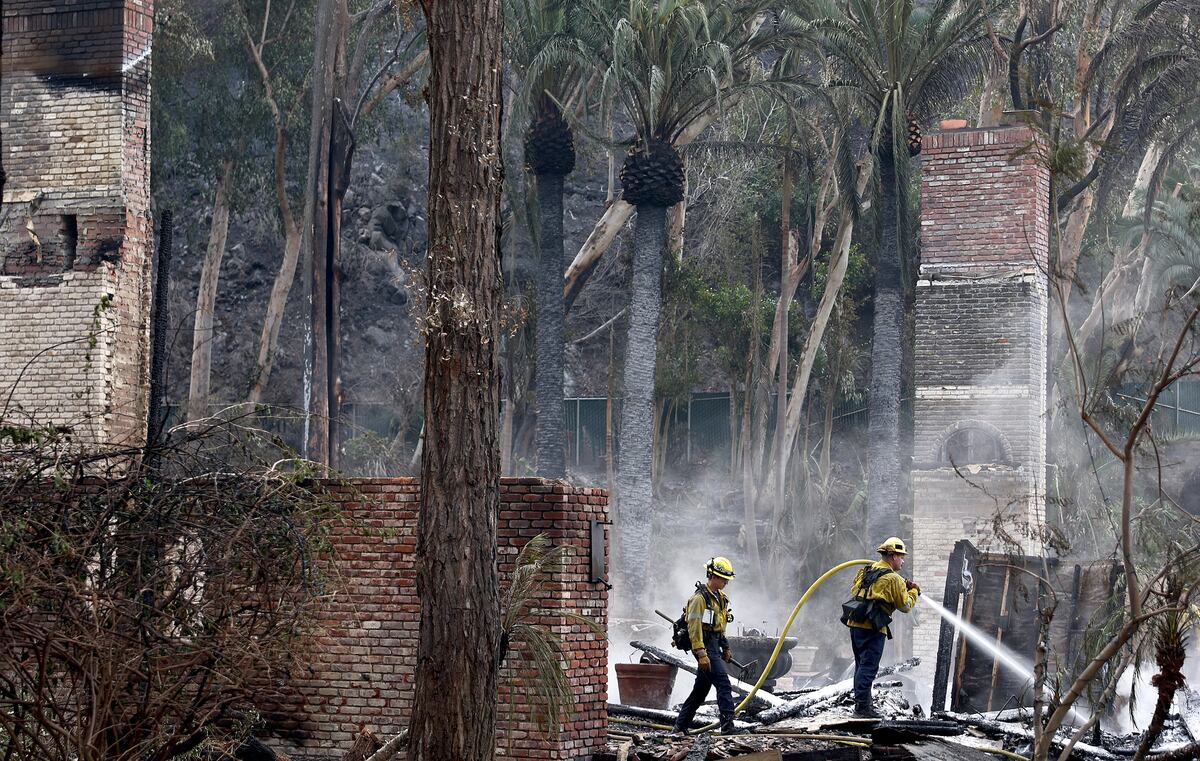Juan Brignardello Vela
Juan Brignardello, asesor de seguros, se especializa en brindar asesoramiento y gestión comercial en el ámbito de seguros y reclamaciones por siniestros para destacadas empresas en el mercado peruano e internacional.




Natural disasters—whether hurricanes, earthquakes, floods, or wildfires—pose significant threats to human life and infrastructure. For many years, accurately predicting these events has been a formidable challenge, but recent advancements in artificial intelligence (AI) are shifting the landscape of disaster preparedness and response. With the ability to process vast quantities of data at lightning speed, AI is enhancing our capacity to anticipate disasters sooner and with greater precision, offering communities a vital edge in readiness. Central to AI's effectiveness is its ability to analyze complex datasets and identify patterns that may elude traditional forecasting methods. Natural disaster prediction often hinges on recognizing subtle changes in environmental conditions, such as shifts in weather patterns, seismic activity, or water levels. AI excels in this realm; for instance, machine learning algorithms can scrutinize historical weather data to predict hurricane formation probabilities in specific regions, enabling forecasters to issue warnings well in advance. Among the most promising applications of AI is in earthquake prediction—a notoriously challenging endeavor. A notable study published in *Nature Communications* in 2021 revealed that machine learning can detect smaller tremors that often precede larger seismic events. By understanding the patterns within seismic waves, AI systems could provide earlier alerts, potentially saving countless lives as communities brace for impending quakes. When it comes to hurricanes and typhoons, AI's impact is equally groundbreaking. By analyzing satellite imagery, ocean temperatures, and atmospheric pressure, AI algorithms can more accurately forecast the trajectory and intensity of these storms. A study in *Geophysical Research Letters* from 2022 demonstrated that AI could predict hurricane intensity with a remarkable 40% increase in accuracy compared to traditional methods. This information is critical, as it equips emergency responders with the insights needed to allocate resources effectively, ultimately enhancing disaster response efforts. AI's contributions extend into flood prediction as well. By synthesizing data from rivers, rainfall patterns, and weather forecasts, AI is revolutionizing flood forecasting. Google’s AI-driven flood forecasting system, introduced in 2020, has already made significant strides, accurately predicting severe floods in parts of India in 2023 days ahead of time. Such capabilities enable timely evacuations and property protection, showcasing the potential life-saving impact of AI technology. Moreover, as climate change exacerbates the frequency of wildfires, AI is emerging as a vital ally in managing these events. By analyzing satellite data and environmental conditions, AI systems can pinpoint high-risk areas and monitor active fires in real time. Research published in *Environmental Research Letters* in 2022 found that AI-driven approaches improved wildfire response times by 25%, leading to more effective firefighting strategies and minimized damage from these destructive events. Despite these advances, the implementation of AI in natural disaster prediction is not without its challenges. The inherently complex nature of natural disasters means that AI models are not infallible; they require robust and high-quality data, which may be lacking in remote or underdeveloped regions. Moreover, certain events, such as tsunamis triggered by underwater seismic activity, remain difficult to predict with current technologies. Addressing privacy concerns and the financial implications of deploying AI systems are also critical to ensuring equitable access to these life-saving technologies. Many communities that stand to gain the most from AI assistance may lack the necessary resources, creating disparities in disaster preparedness. However, as AI technologies become more accessible and cost-effective, it is anticipated that these barriers will gradually diminish. In conclusion, AI is already playing a transformative role in predicting natural disasters, saving lives, and mitigating damage. By delivering more accurate forecasts, enabling earlier warnings, and assisting emergency responders in effective action, AI proves to be an indispensable tool in disaster management. As technological capabilities continue to evolve, the hope is that communities will be better prepared to face the formidable forces of nature, resulting in fewer lives lost and reduced devastation in the wake of disasters.
